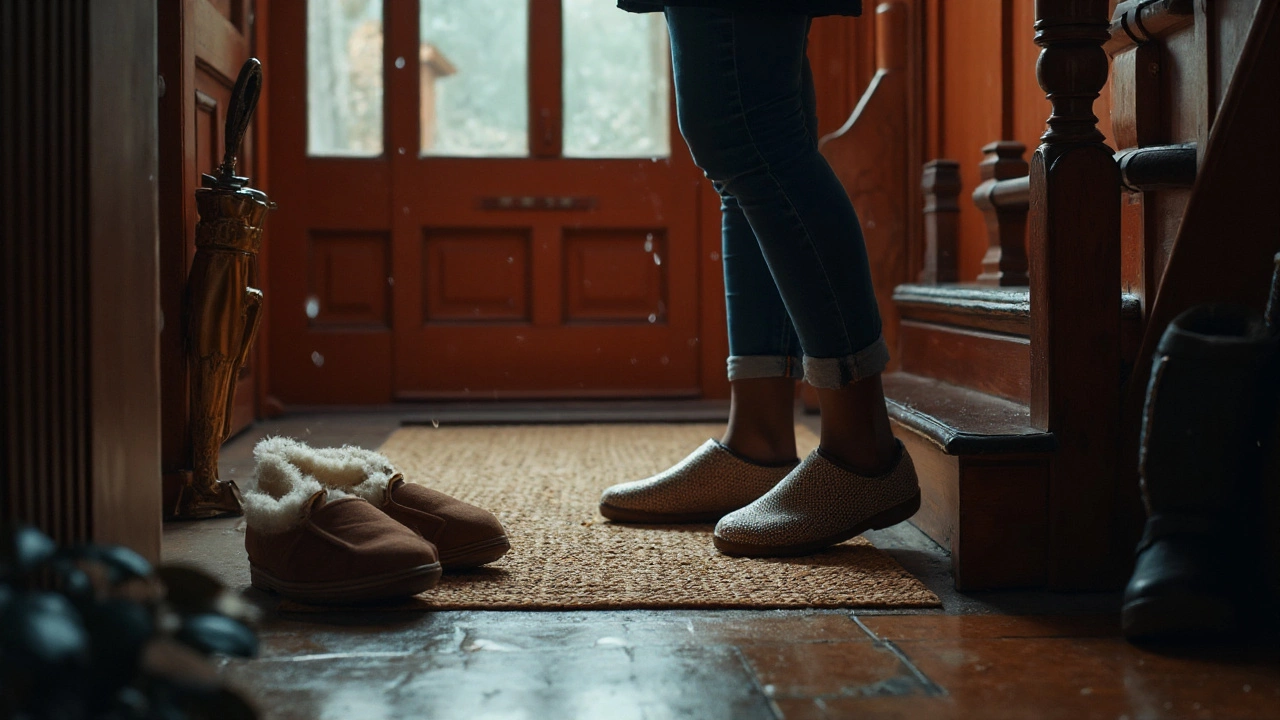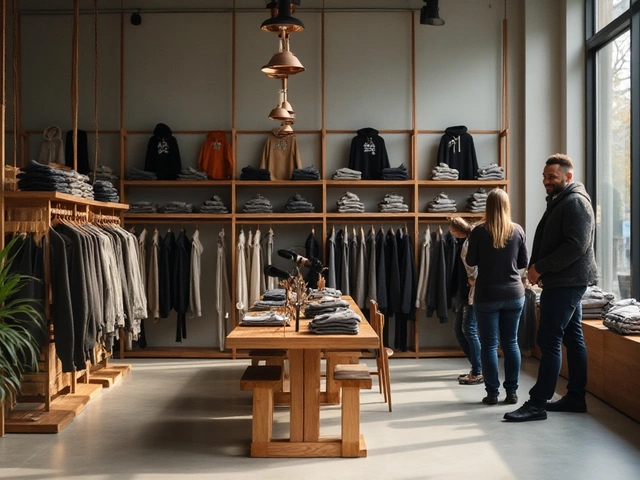Arch Support: Simple Ways to Keep Your Feet Happy
Ever finish a day of walking and feel that nagging ache in the arch of your foot? You’re not alone. Most people ignore the tiny arch muscles until pain shows up. The good news? A few smart choices can give your arches the support they need and stop the discomfort before it starts.
Why Arch Support Matters
Think of your foot as a mini‑bridge. The arch is the part that spreads your weight evenly across the sole. When the bridge is weak, pressure piles up on the heel and forefoot, leading to conditions like Morton’s syndrome or plantar fasciitis. Strong arch support keeps the bridge sturdy, so every step feels balanced.
Even if you don’t have a diagnosed foot problem, everyday activities—running errands, standing at a desk, or slipping on slippers—still put stress on your arches. That’s why the right shoe can be a game‑changer.
Choosing Shoes with Good Arch Support
Here’s a quick cheat‑sheet for spotting supportive footwear:
1. Look for a firm midsole. A stiff layer under the foot prevents the arch from flattening too much. Memory‑foam shoes feel soft, but they often lack the needed firmness.
2. Check the arch contour. A shoe that matches the natural curve of your foot (often a slight “dip” in the insole) gives the arch a lift.
3. Test the heel cup. A snug heel cup stops your foot from sliding forward, which can overwork the arch.
4. Consider removable insoles. If the stock insole feels flat, swapping in an orthotic insert adds instant support.
Our own post on When to Buy New Slippers reminds you that worn‑out slippers lose arch support fast. If the sole feels spongy or the shoe creaks when you shift weight, it’s time for a swap.
Morton’s syndrome, covered in another article, often flares up when shoes have a narrow toe box or no arch lift. Pair a roomy toe box with a supportive midsole, and you’ll see less forefoot pressure.
Don’t forget the fit test from the “Fit Guide and Toe Room Rules” piece: stand straight, look at the space between your longest toe and the shoe’s front. You should see about a thumbnail’s width. Too tight forces the arch to work harder.
If you’re on a budget, try a pair of “off‑brand” work shoes that still include a supportive footbed—our guide on Carhartt alternatives lists some affordable options.
Finally, remember that arch support isn’t just for athletes. Even casual walkers, office workers, and people who spend hours standing in the kitchen benefit from a stable base.
In a nutshell, good arch support means choosing shoes with a firm midsole, proper arch contour, and a tight‑fitting heel cup. Swap out worn‑out slippers, watch for toe room, and consider orthotic inserts if you need extra lift. Keep those arches strong, and you’ll notice less foot pain and more energy for the day ahead.

How to Choose Slippers: Fit, Support, and Materials Guide
Clear, no-fluff guide to choosing slippers: fit, support, materials, sizing, climate, checklists, and FAQs. Make a comfy, safe pick that lasts.




